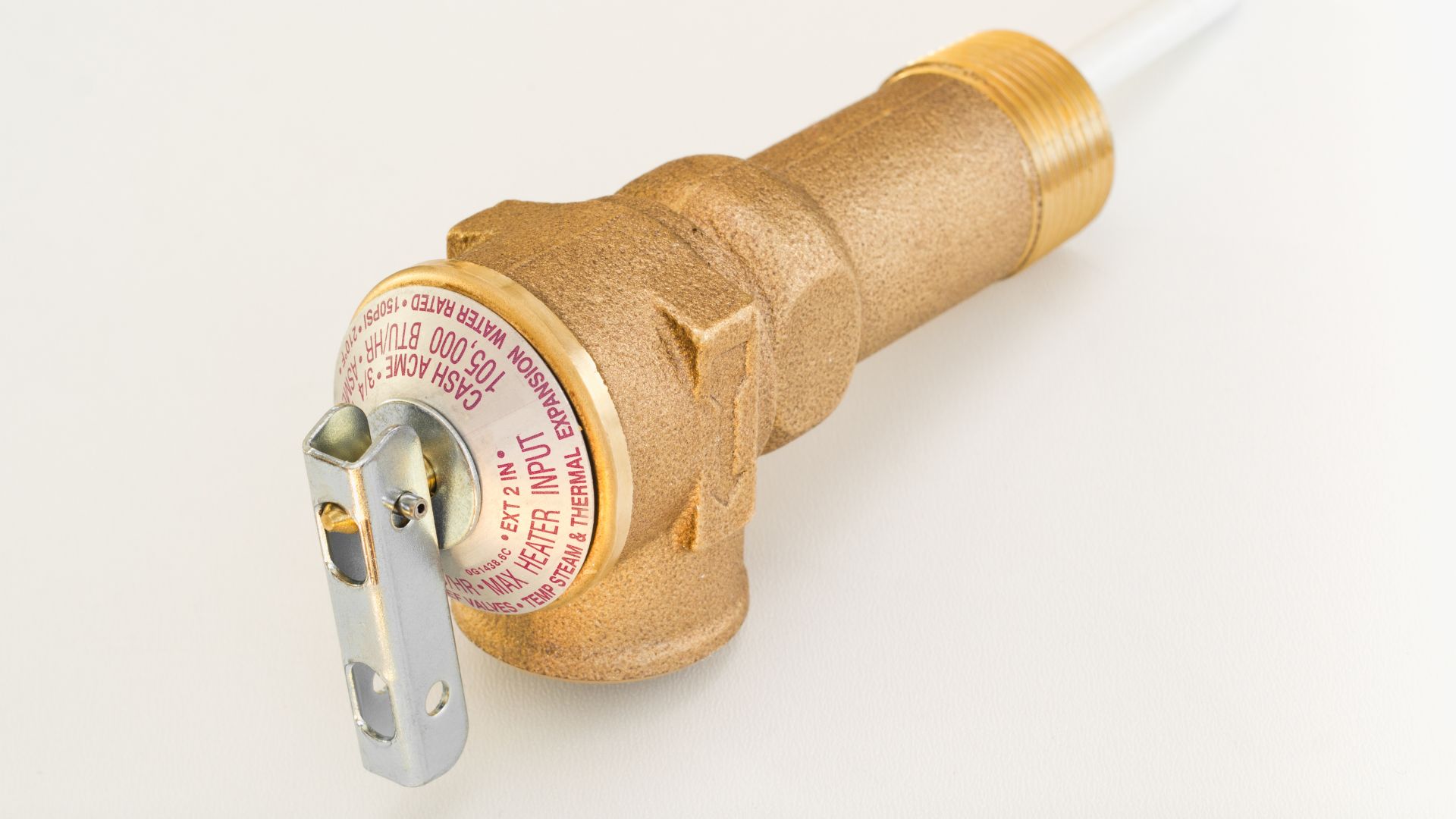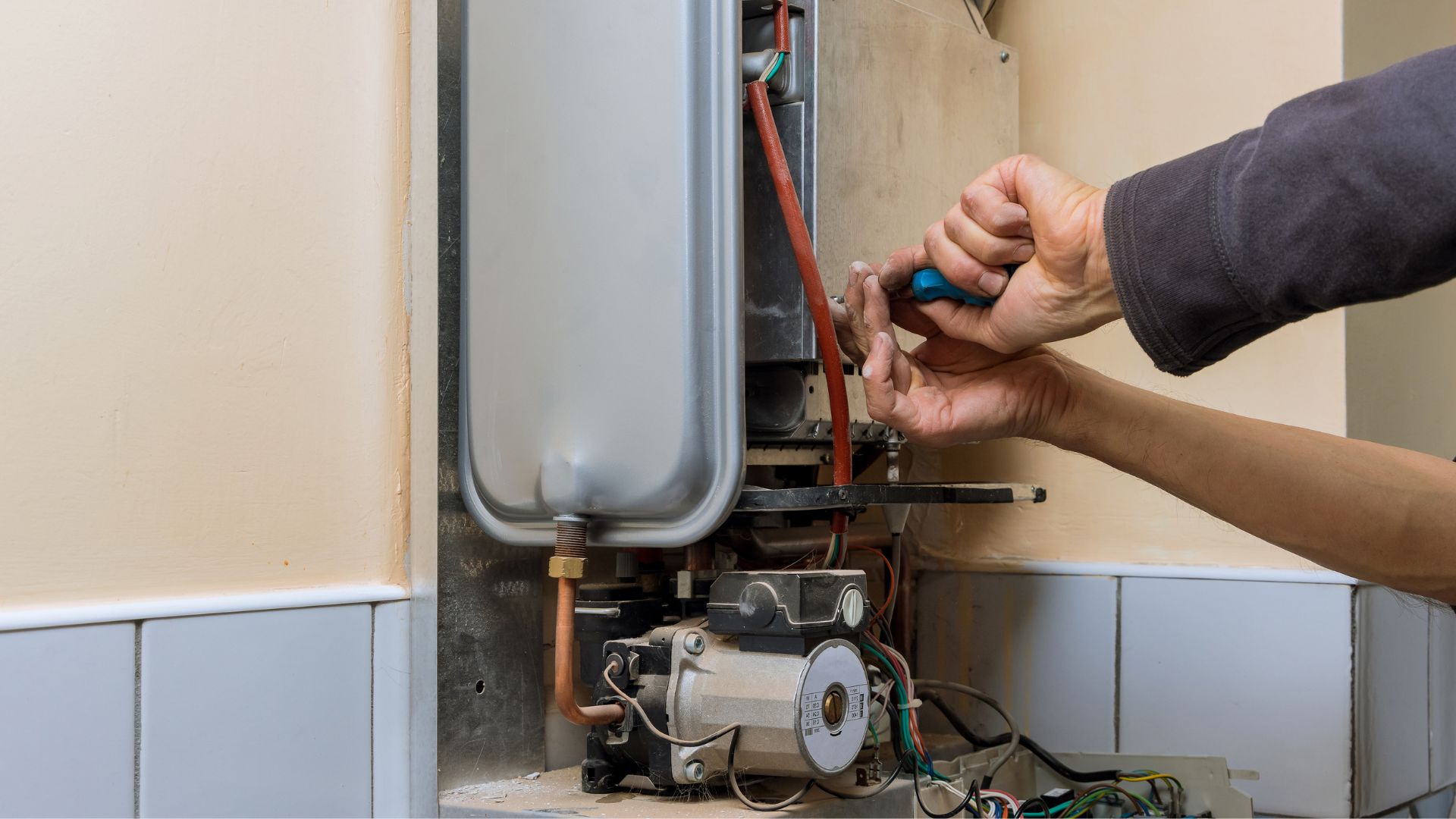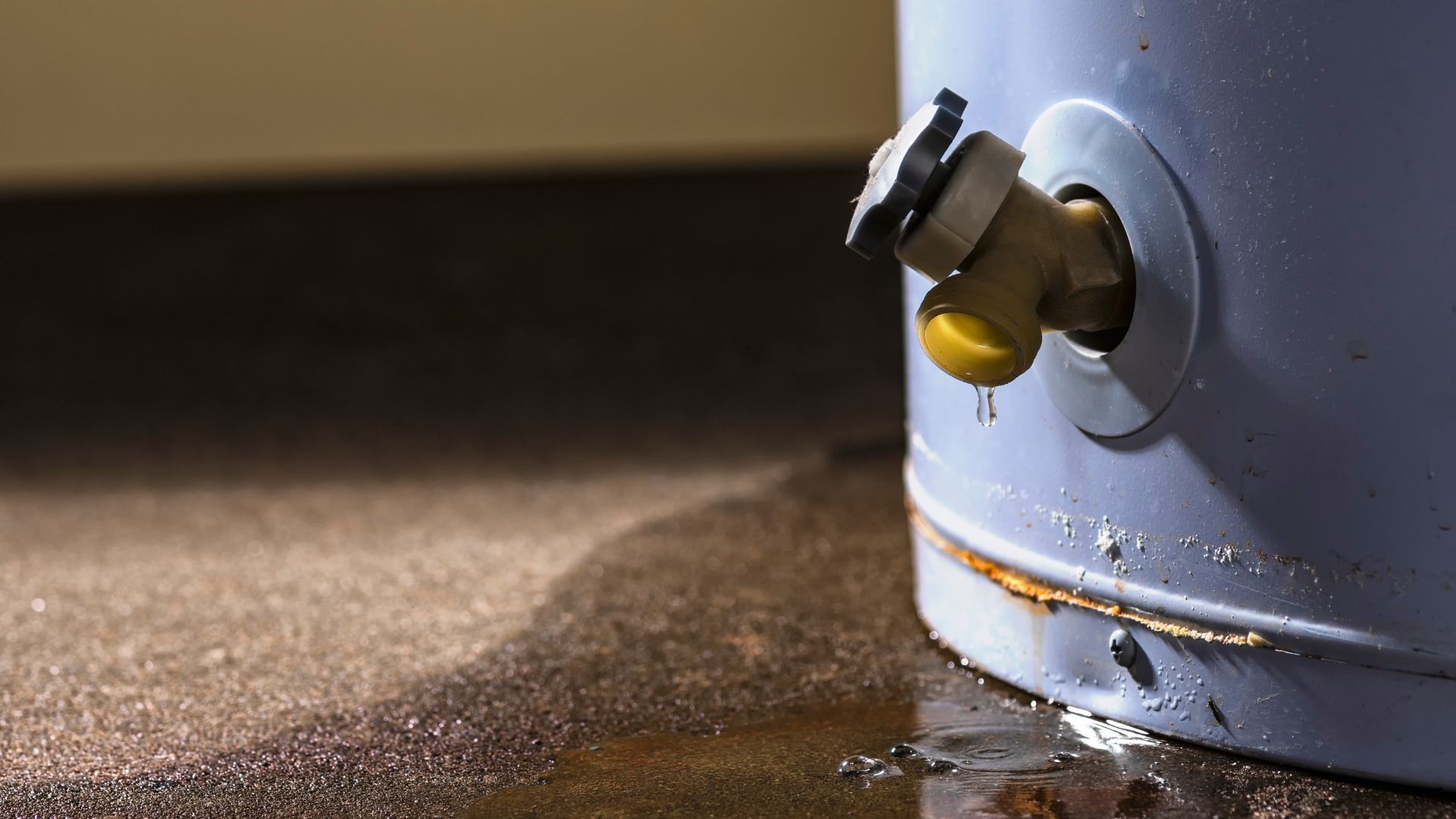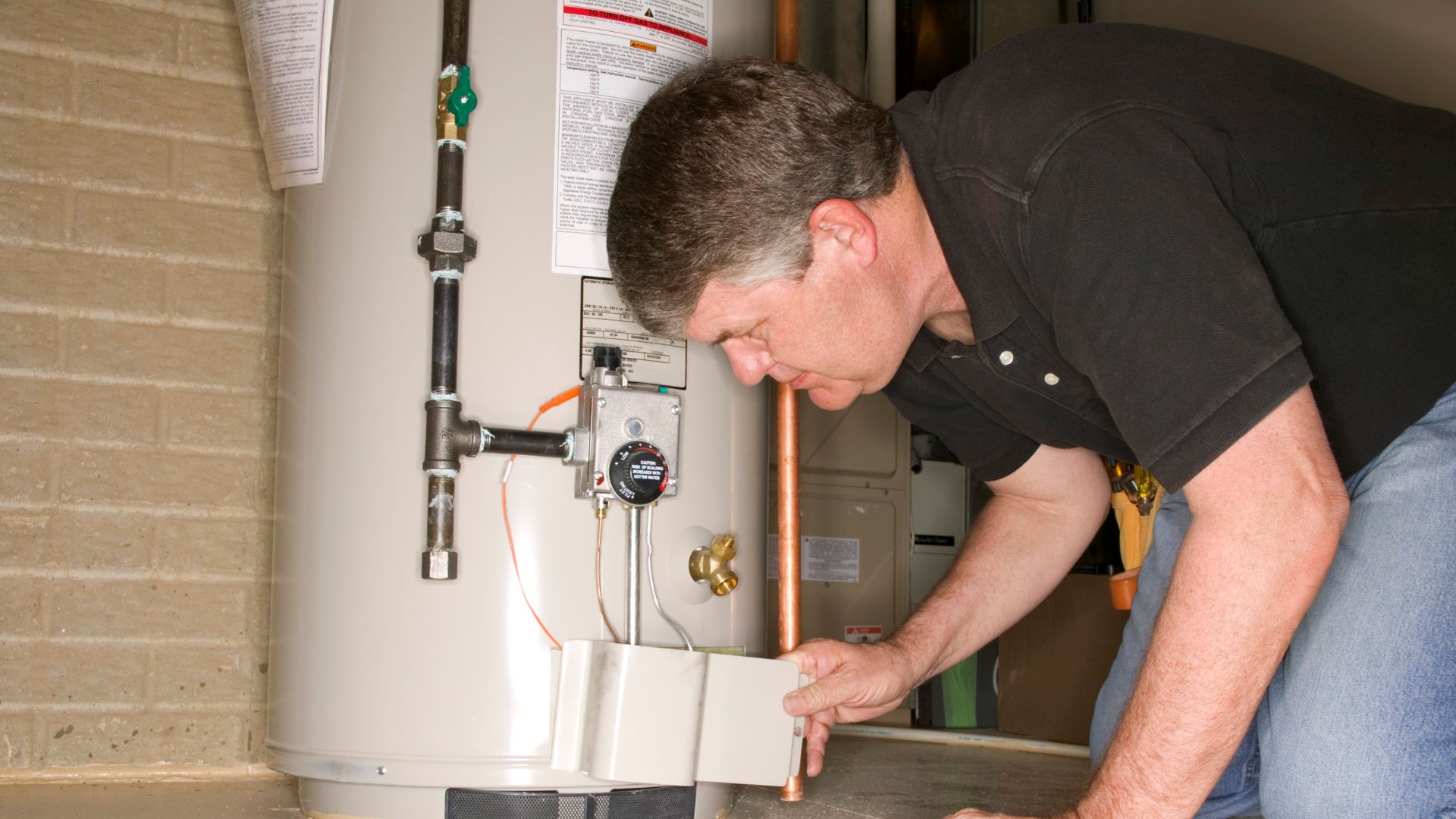7:00AM to 5:00PM
A critical yet often overlooked component of any hot water system is the Temperature Pressure Relief (TPR) valve. This safety feature prevents catastrophic overheating and dangerous overpressurisation within your hot water tank.
Without a functioning TPR valve properly monitoring and releasing excess pressures, the consequences can be severe—explosions, leaks, floods, injuries, and system damage.
This comprehensive guide will provide homeowners with the working knowledge needed to understand what TPR valves do, why ongoing inspection and maintenance of this inexpensive but essential equipment is mission-critical, and how to ensure this small part operates smoothly for the safe, efficient function of your entire hot water system.
With a basic grasp of TPR valve mechanics and some periodic preventative care, you can reliably release excess heat and pressure before they become a threat, saving you the cost and headache of emergency plumbing repairs.
A TPR valve is a safety device legally required in water heating systems to serve as a crucial fail-safe against dangerous buildups of interior pressure and heat.
Within the sealed environment of a hot water tank, regular heating cycles can generate expanding volumes of steam and intensifying thermal energy, elevating interior pressures to potentially catastrophic levels.

Designed specifically to prevent this risky scenario, TPR valves are pressure-sensitive switches that manually release excess heat and water vapour if predefined upper limits are exceeded.
They are the components of your plumbing that enable hot water tanks to heat homes safely. By automatically venting any dangerous accumulating pressures before stability is compromised, TPR valves regulate your system within safe operating ranges, protecting against disastrous explosions and equipment failures while ensuring regulatory compliance.
Their simple yet vital functioning preserves the integrity and longevity of your hot water appliance.
In a hot water system, the TPR valve’s primary role is to release water if the temperature or pressure reaches unsafe levels. It is calibrated to activate when water temperature exceeds a specific point, generally around 99 degrees Celsius.

This crucial function prevents damage to the water heater and protects your property and household from a catastrophic event. By manually venting the system when predefined maximum heat and pressure levels are exceeded, the TPR valve ensures your hot water service operates safely within regulated limits. The only thing standing between regular operation and explosion is its release of expanding steam and heat build-up before stability is compromised.
With the TPR valve adequately calibrated and maintained to Australian standards, you can rest easy knowing this inexpensive, unassuming safety component will automatically dissipate dangerous excess energy, preserving the integrity of your hot water system.
Understanding the operation of a TPR valve helps in recognising its importance. The valve has two main elements: temperature and pressure sensors. When the internal temperature gets too high, the sensor expands and triggers the valve to open, releasing hot water and thus reducing the temperature and pressure inside the tank.
Similarly, when the pressure exceeds the set limit, the valve opens to allow water to escape, which decreases the pressure.

Identifying a malfunctioning TPR valve is essential for maintaining the safety of your home. Here are some warning signs:
If you notice water consistently leaking from the valve, it may indicate it is not sealing correctly after activation.
If the valve does not release water when tested, it could be stuck, suggesting a severe safety issue.
Popping, hissing, or rumbling noises can signal the valve operating under stress or a sediment build-up within the tanks.
Proper maintenance is crucial to ensure your TPR valve can perform its critical safety function when needed. The valve should be regularly tested by lifting the lever every six months. When functioning correctly, water should flow freely from the valve and stop immediately after releasing the lever.
This manual activation verifies that excess pressure can discharge and the valve’s release mechanism is in good working order.
Routine visual inspections are also advised to check for visible signs of wear and tear or mineral build-up from hard water. Corrosion, debris, or scaling on the valve can impede its sensitive release mechanism. Catching these issues early allows for cleaning or replacement before function is impacted. For complete assurance, periodically enlist a certified plumber to professionally inspect the TPR valve, pipes, and full hot water system. They can detect any problems not apparent from exterior visual checks that may affect the valve’s safe operation.
Combining recurring physical testing, visual checks, and full-system professional inspections provides a multi-layered maintenance approach to confirm that your TPR valve can reliably perform its hazardous pressure-relieving duties when needed.
Even when maintaining your TPR valve, these safety components have a limited lifespan. As a rule of thumb, TPR valves should undergo replacement every 3-5 years to keep failure risks low. However, certain red flags can indicate a need for earlier substitution regardless of age.
Immediately contact a plumber if, during testing, you ever observe the valve sticking open rather than closing tightly or any water leaks, even if slight, while in a closed position.
Visible corrosion, mineral deposits, and bending of the release lever or discharge pipe can also warn that the valve may not properly relieve pressure when critical temperatures hit. Never ignore these telltale clues of TPR deterioration and past usefulness—continuing to rely on a faulty valve risks catastrophic system overpressurisation and failure consequences for health and home.
Proactively swap older valves that display functional or cosmetic issues for optimal safety. Even valves lacking outward problems should undergo preventative replacement within manufacturer-recommended timeframes.
This inexpensive valve defends your water heater against unsafe pressure build-up. Replacing your TPR valve every few years assures that this crucial failsafe can be manually activated to protect your home when dangerously high temperatures occur.

While homeowners can regularly test the TPR valve, servicing and replacing it requires professional expertise.
Incorrect handling can compromise the safety of your hot water system and may invalidate warranties. A professional plumber can ensure the valve is correctly installed and functioning, giving you peace of mind.
The TPR valve is a small but significant component in your hot water system. Understanding its purpose, function, and maintenance requirements can prevent dangerous malfunctions and protect your household. Regular maintenance and prompt attention to any signs of trouble are the best ways to ensure the safety and longevity of your hot water system.
For homeowners in the Gold Coast area, maintaining your TPR valve and hot water system need not be a hassle. The Gold Coast Plumbing Company specialises in ensuring your water heating systems are safe and efficient.
With our experienced team, you can expect thorough inspections, expert maintenance, and quality replacements when necessary. Contact us today to schedule a service or learn more about how we can keep your hot water system in prime condition.